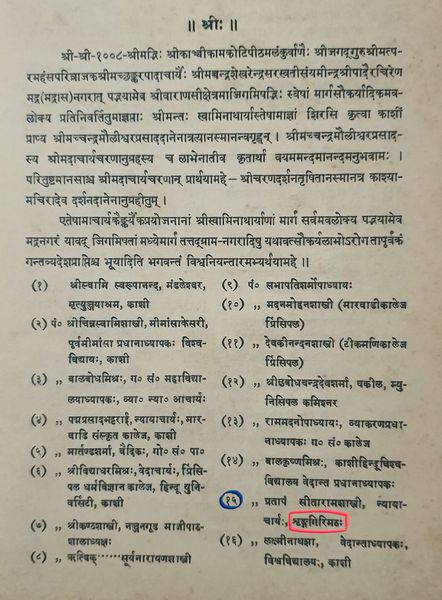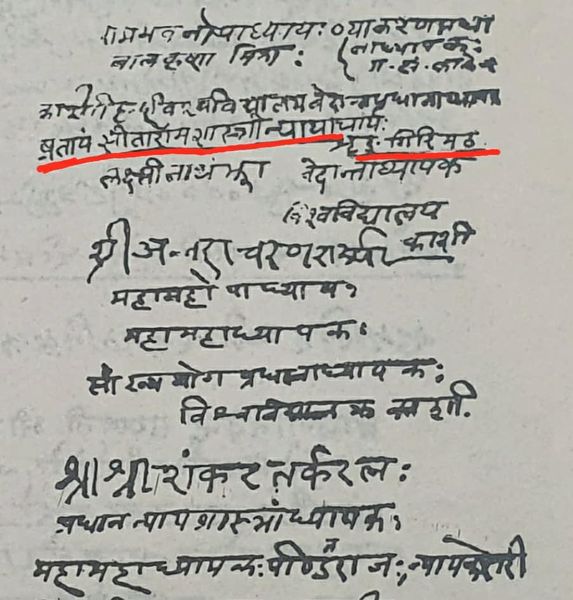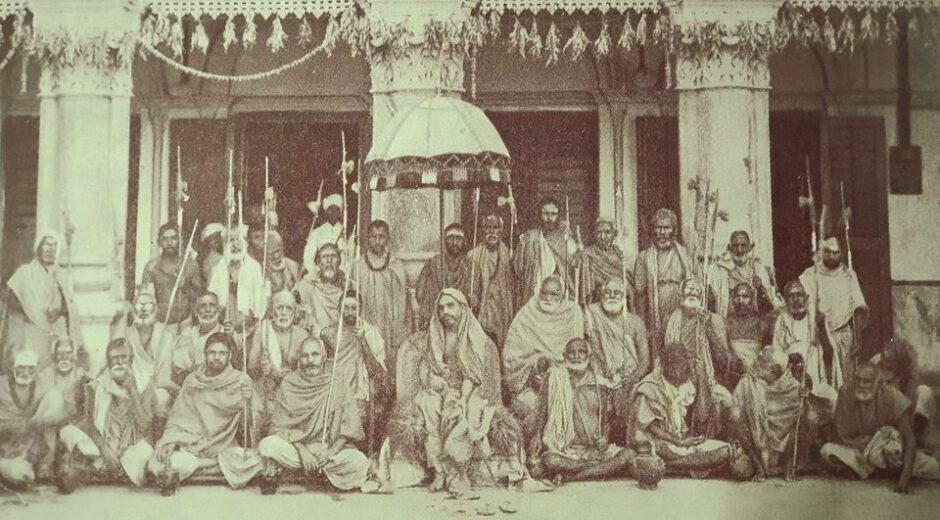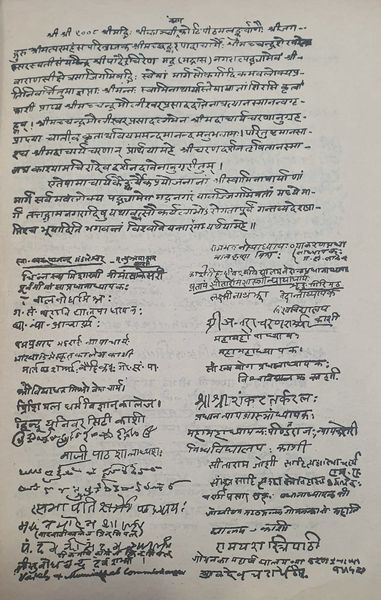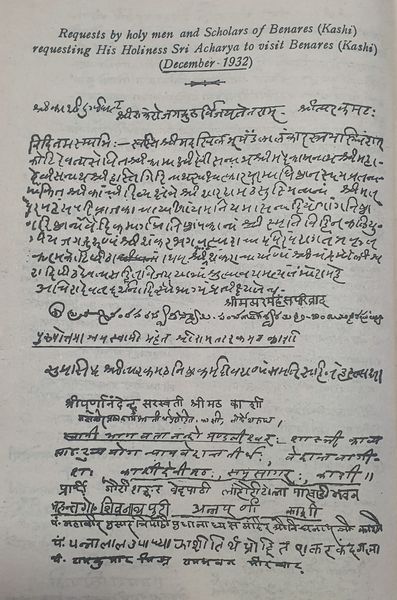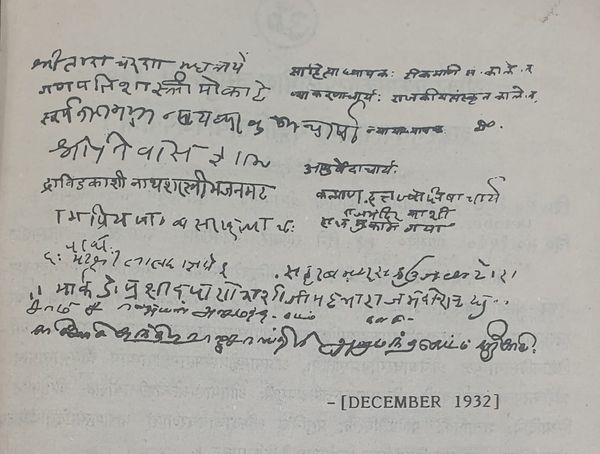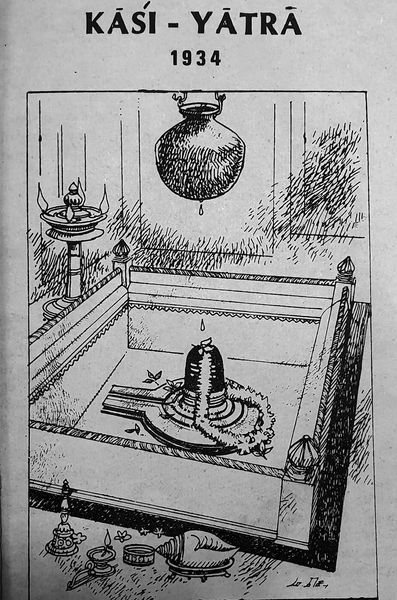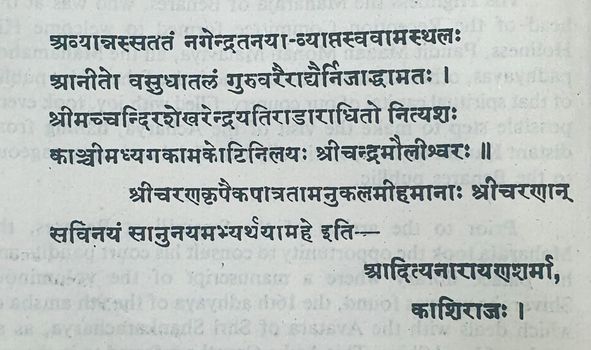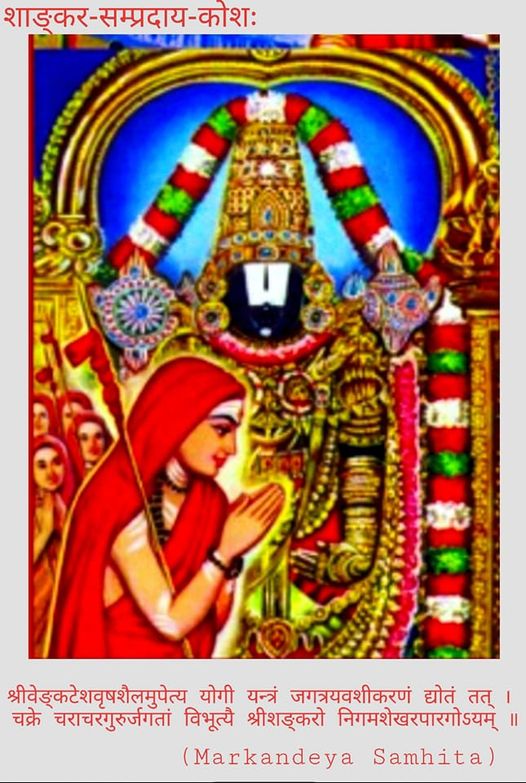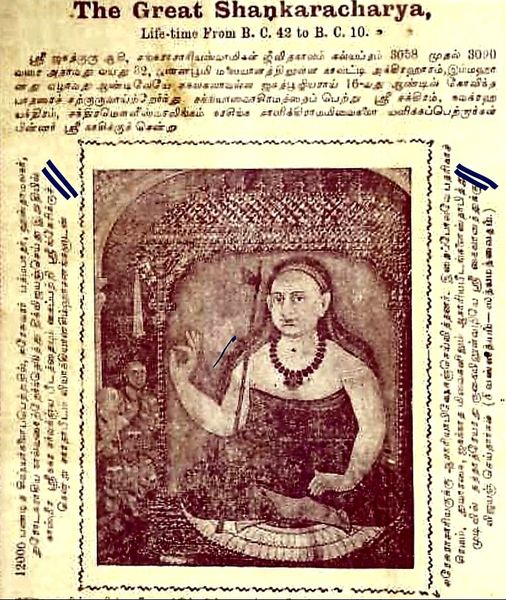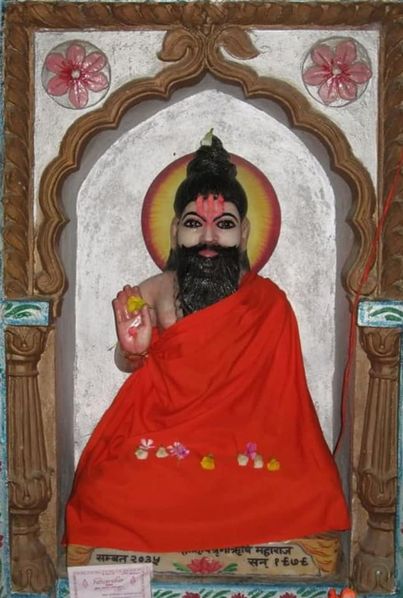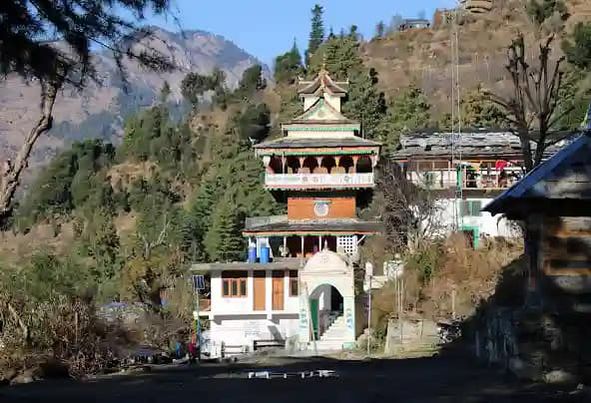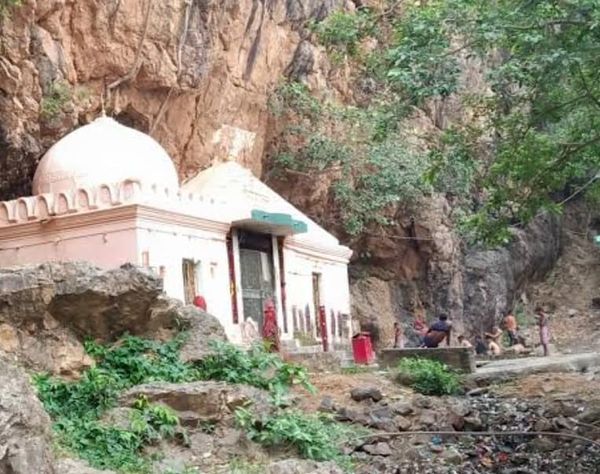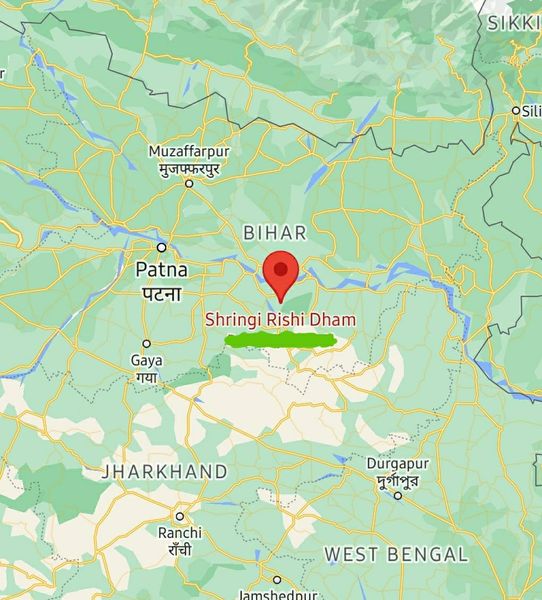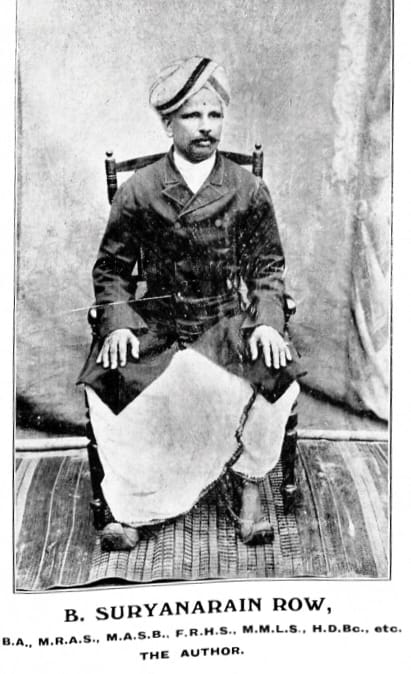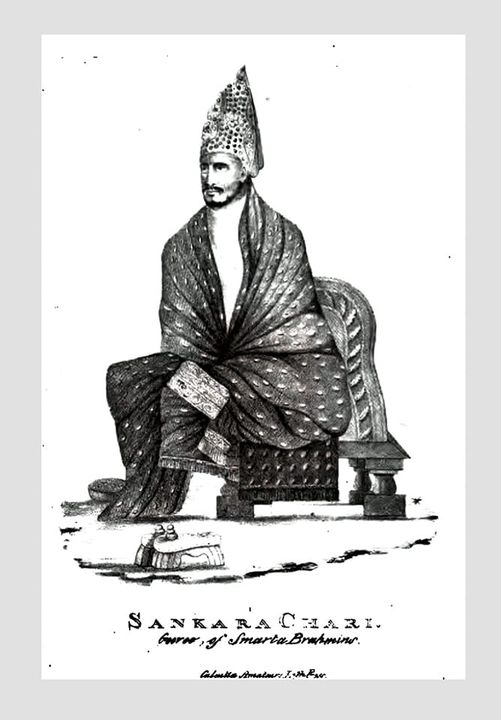(5)
श्रीकांची कामकोटिपीठाधीश जगद्गुरु
श्री१००८ शङ्करभगवत्पादानां गङ्गादितीर्थविजययात्रा।
” The 6th of October 1934 –
is a Red Letter Day in the annals of Benares – the ancient and sacred city of the Hindus; when on arrival from Prayag after walking all the distance on foot, His Holiness was accorded a fitting reception by the Hindu Citizens of Benares headed by His Highness the Maharaja Saheb of Benares as Chairman of the Reception Committee.
It is in the same Sacred City several centuries ago, that Sri Adi Sankara Bhagavatpadacharya gave enlightenment to the world through His Bhashya in the presence of Lord Viswanath and also obtained five famous Lingas from Kailash.
The brief stay of His Holiness in Benares for a period of about five months and the celebration of Sarada Navaratra during the winter of 1934 which synchronised with a number of Yagnas and Homas (Havans) will be a memorable event to be cherished by the devout public of this ancient and sacred city.
The crowning success is due to the co-operation of the Hindu Citizens combined with reverential care and interest that was shown by His Highness the Maharaja Saheb of Benares and Pandits of all grades and shades.
The reception committee feels it its duty to publish this booklet so that the future generations may know how the hearts of their fore-fathers lept with joy on the momentous arrival of their Acharya.
Kashi is the nucleus of men of letters. The Holy Representative of Brahma Vidya from the Sacred Kanchi Pitha of Sri Sankara Bhagavadpadacharya coming into contact with, and being heartily received by, the representatives of traditional culture, headed by their Maharaja at the religious Metropolis of Sanatan Dharma, is, needless to say, an epoch in the history of Hindu India, the recording of which has fallen to the lot of our humbleselves, who crave the pardon of the public for any deviation from the sacred duty.
Mahamahopadhyaya
Pandit Ganganath Jha of Tirtharaj, Mahamahopadhyaya
Pandit Annadacharan Sharma,
Heads of Mathas and other religious institutions,
Pratapam Seetarama Sastry Nyayacarya of the Sringeri matha, Kashi and along with a gallery of Pandits submitted a public invitation to His Holiness to grace the Sacred City as early as December 1932.
Mahamahopadhyaya
Pandit Phani Bhushan Tarka Vageesa, Mahamahopadhyaya
Pandit Anantakrishna Shastri and Mahamahopadhyaya
Pandit Manavalli Lakshmana Shastri
along with the public citizens of the City headed by His Highness the Maharaja and Pandit Madan Mohan Malaviya welcomed His Holiness at the out- skirts of the City.
Ex-Mahamahopadhyaya
Pandit Panchanan Tarkaratna and Ex-Mahamahopadhyaya
Pandit Bhau Shastri Vajhe
And other eminent Pandits received His Holiness in the Sangaveda Vidyalaya the Dharmic ideal institution, where all the Pandits had also assembled.
It was the previlege of –
Mahamahopadhyaya Pandit Pramathanath Tarkabhushan to greet His Holiness on arrival at Shivala and at Benares Hindu University.
Mahamahopadhyaya
Pandit Giridhar Sharma from Jaipur, Mahamahopadhyaya
Pandit Durgacharan from Calcutta,
Mahamahopadhyaya
Pandit Mukundalal Bakshi from Mithila and Mahamahopadhyaya
Pandit Harihara Kripaloo from Patna
(all these fountains of Oriental Culture) took part in the public farewell address presented at the Town Hall on the 16th February, 1935.
The function having been arranged by the Joint efforts of all prominent citizens and eminent scholars at Benares.”
A special publication was also brought out by the members of the Gangadi Tirtha Vijaya Yatra – Varanasi Reception Committee recording the special events during this Vijaya Yatra of His Holiness Jagadguru Pujyasri Sankaracharya Swamiji Maharaj of Sri Kanchi Kamakoti Pitha.
– Publishers’ Note By
Sri Madhav Ram Sanda
Sri Jagannatha Shastri Bhradwaj and
Sri Damodhara Das Khanna (1936)
